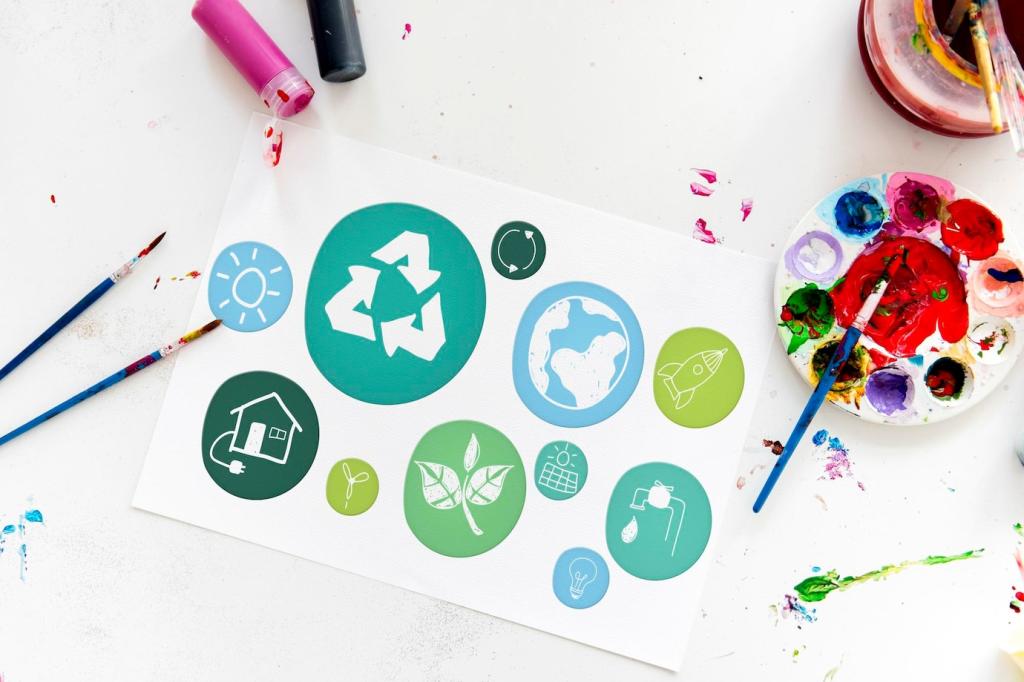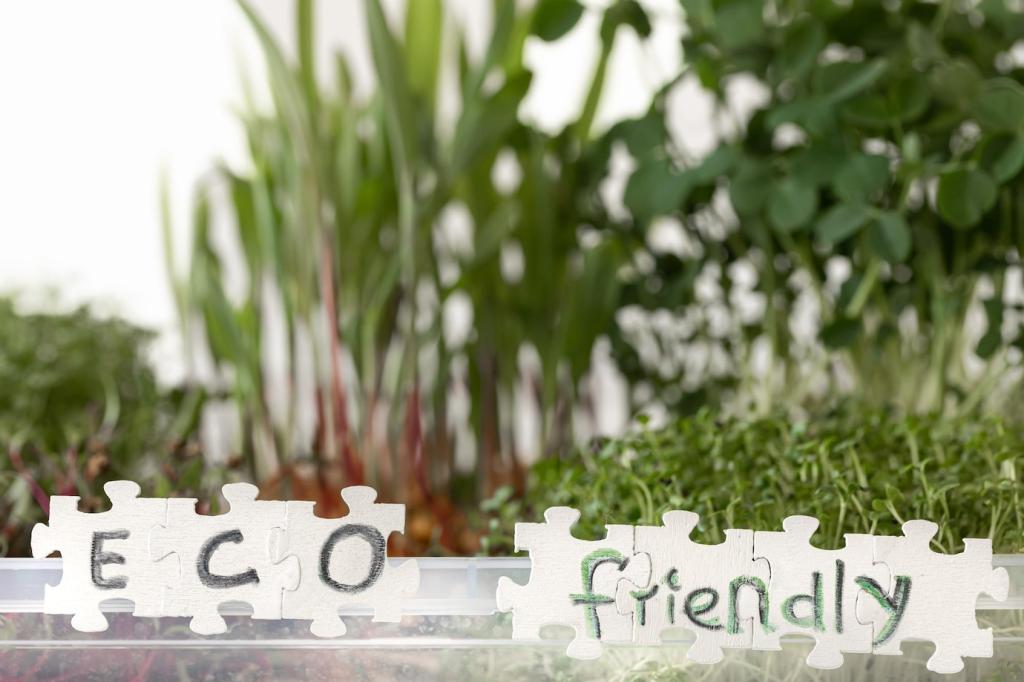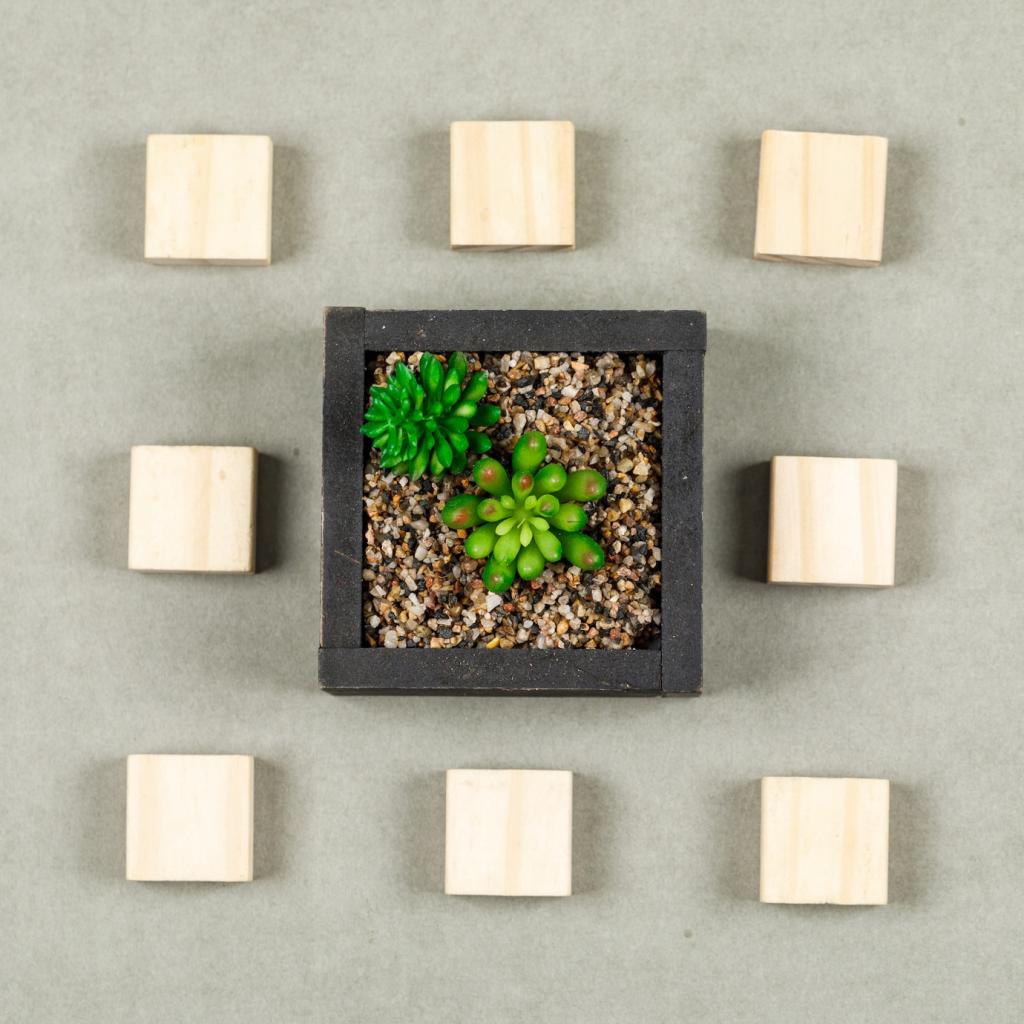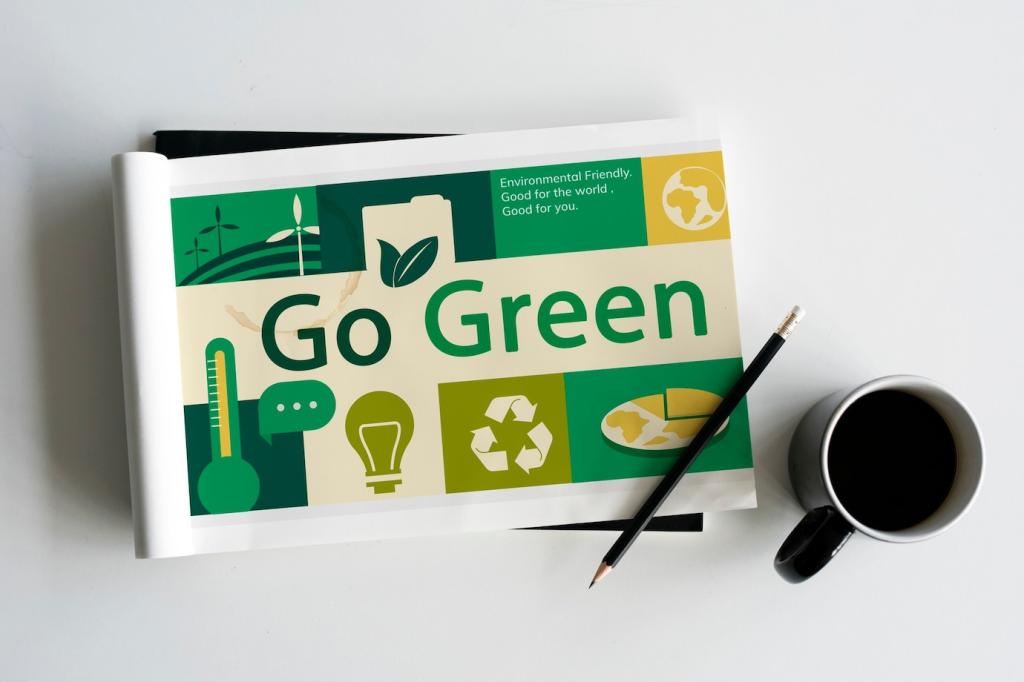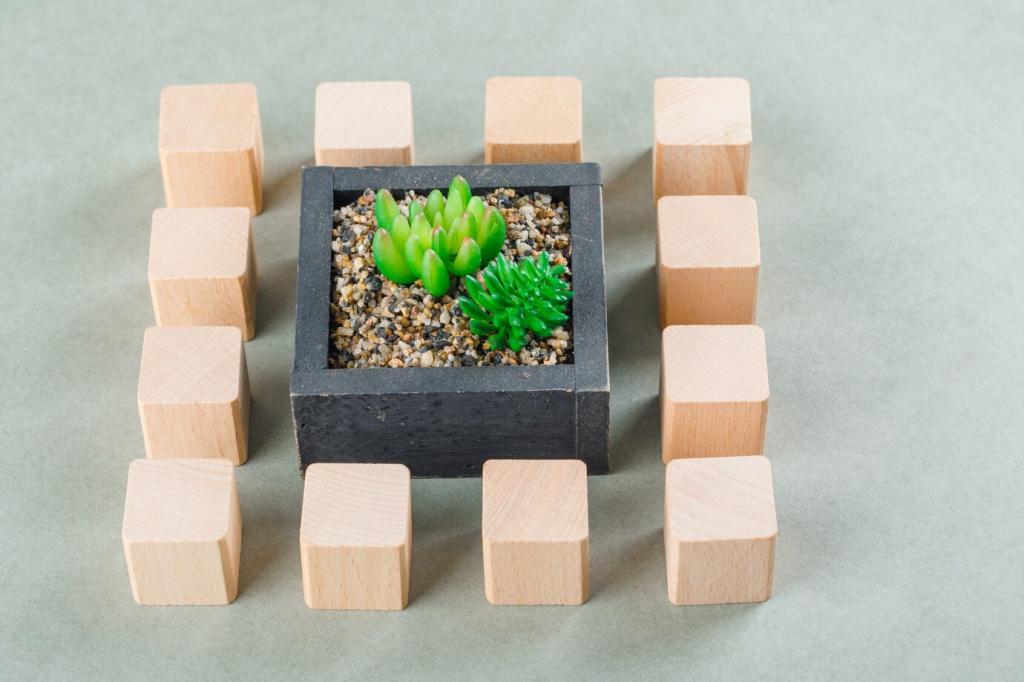Foundations of Eco-Conscious Color
Eco-conscious color palettes for interiors start with low or zero-VOC paints and mineral pigments that reduce off-gassing. Prioritize third-party certifications, read safety data sheets, and ask brands hard questions. Comment with your favorite low-tox paint makers so others can discover trusted options.
Foundations of Eco-Conscious Color
Colors drawn from forests, shorelines, and soil feel timeless because nature rarely clashes with itself. Think mossy green, dune beige, and cloud gray. These palettes invite calm, reduce visual noise, and support mindful living. Share which landscapes inspire your most soothing interior color choices.

